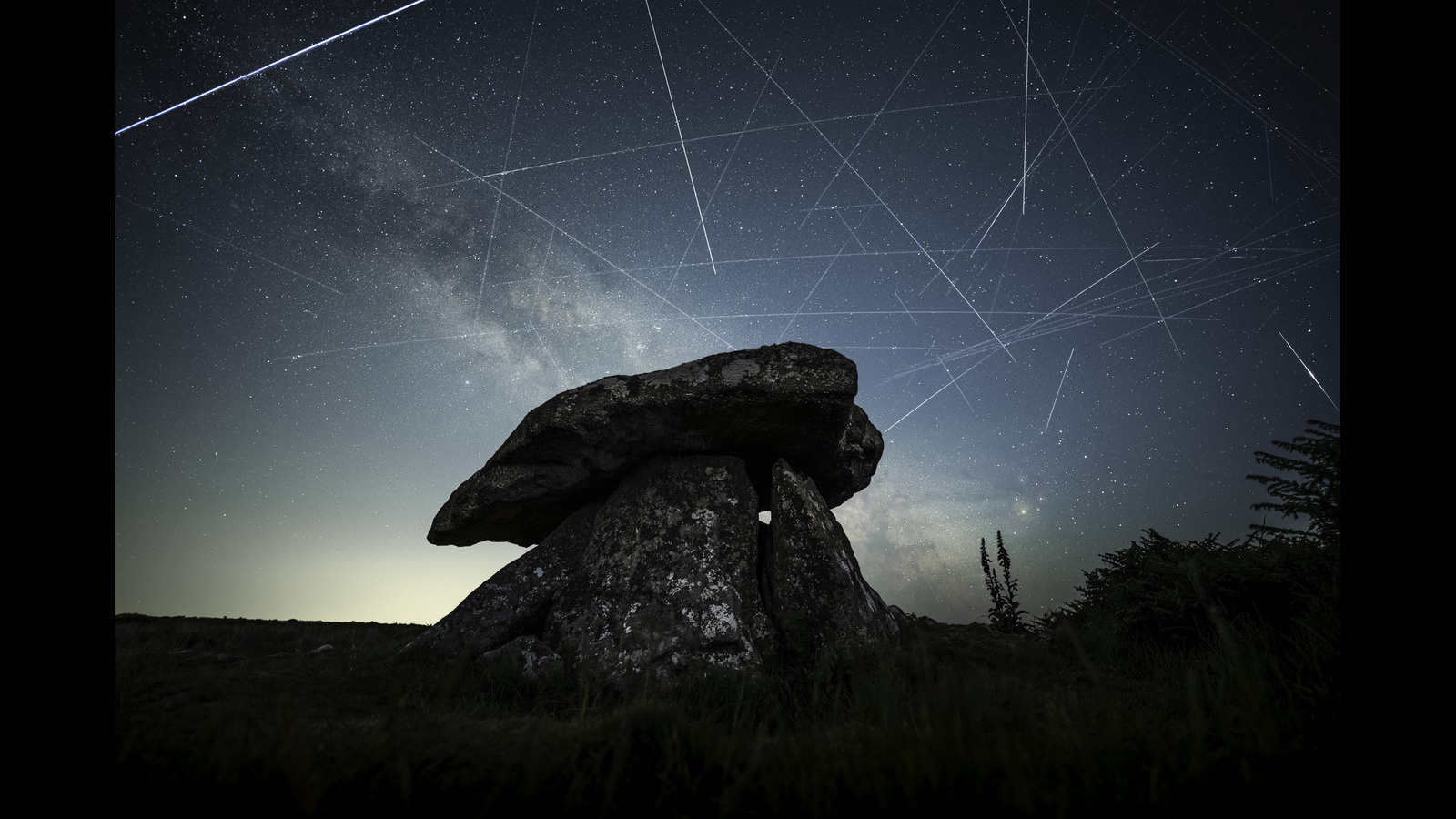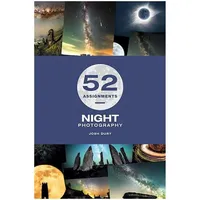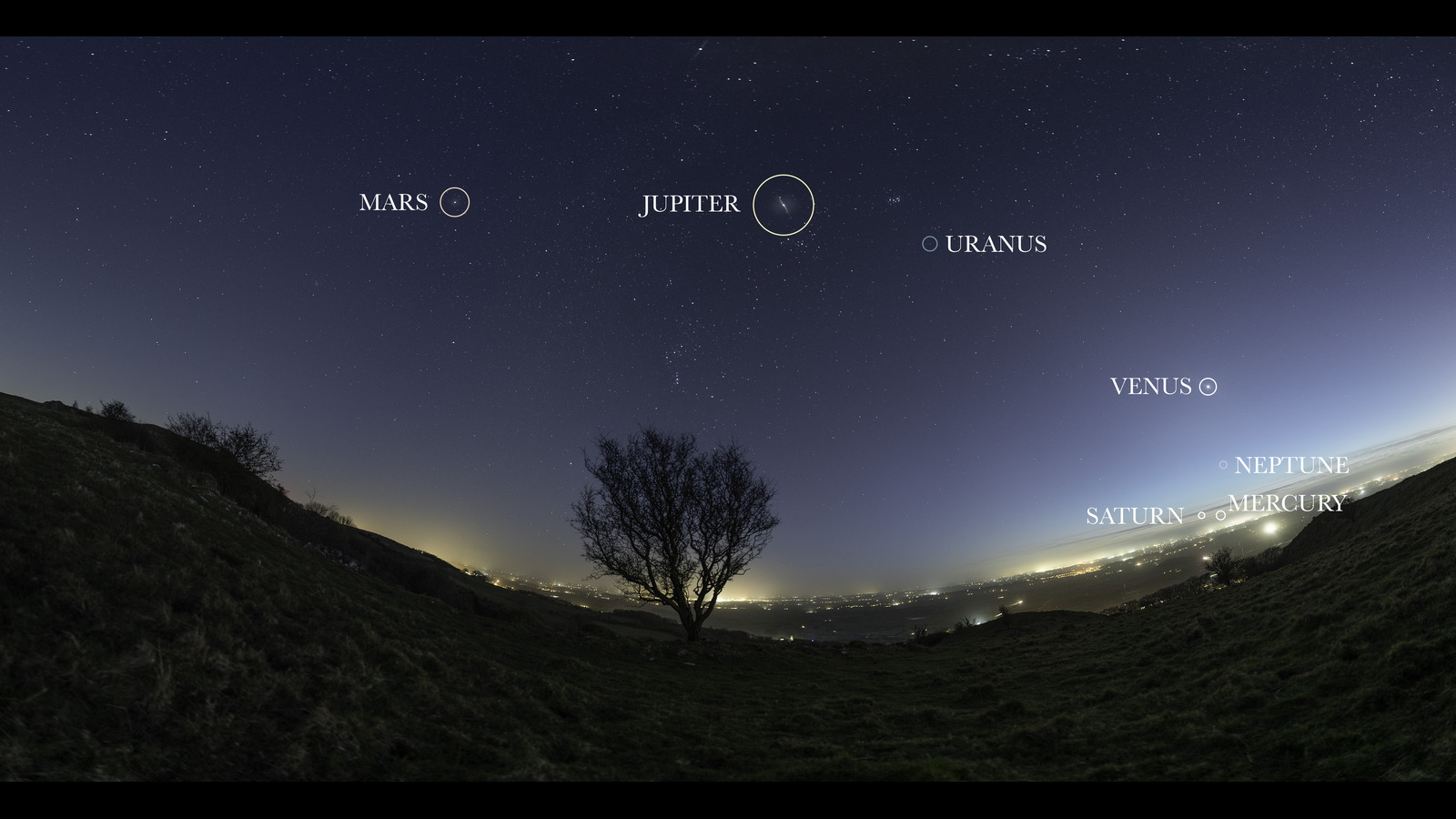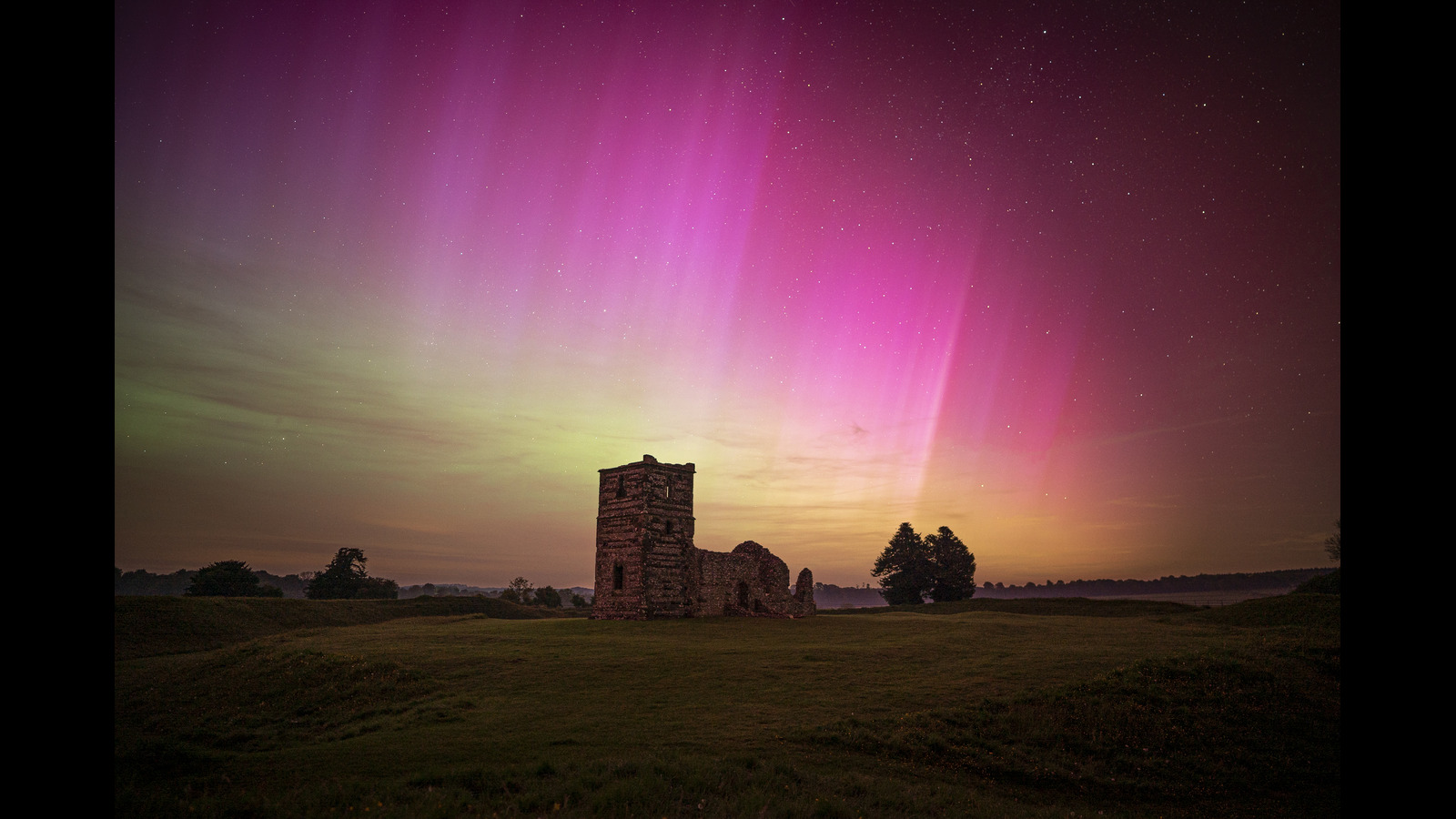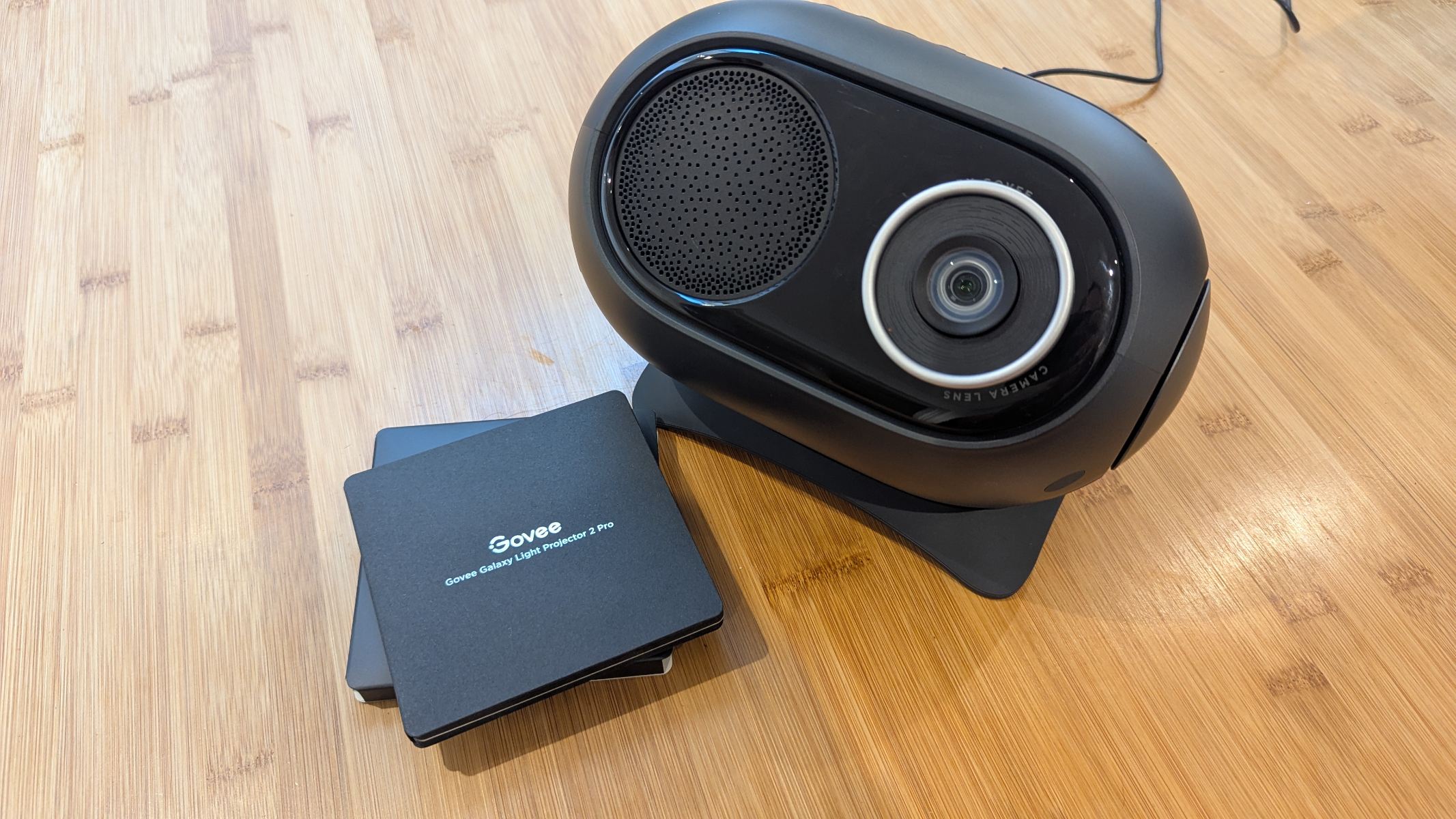'52 Assignments: Night Photography': A Q&A with author and astrophotographer Josh Dury
"…are we potentially the last generation that will see the night's sky in its entirety?"
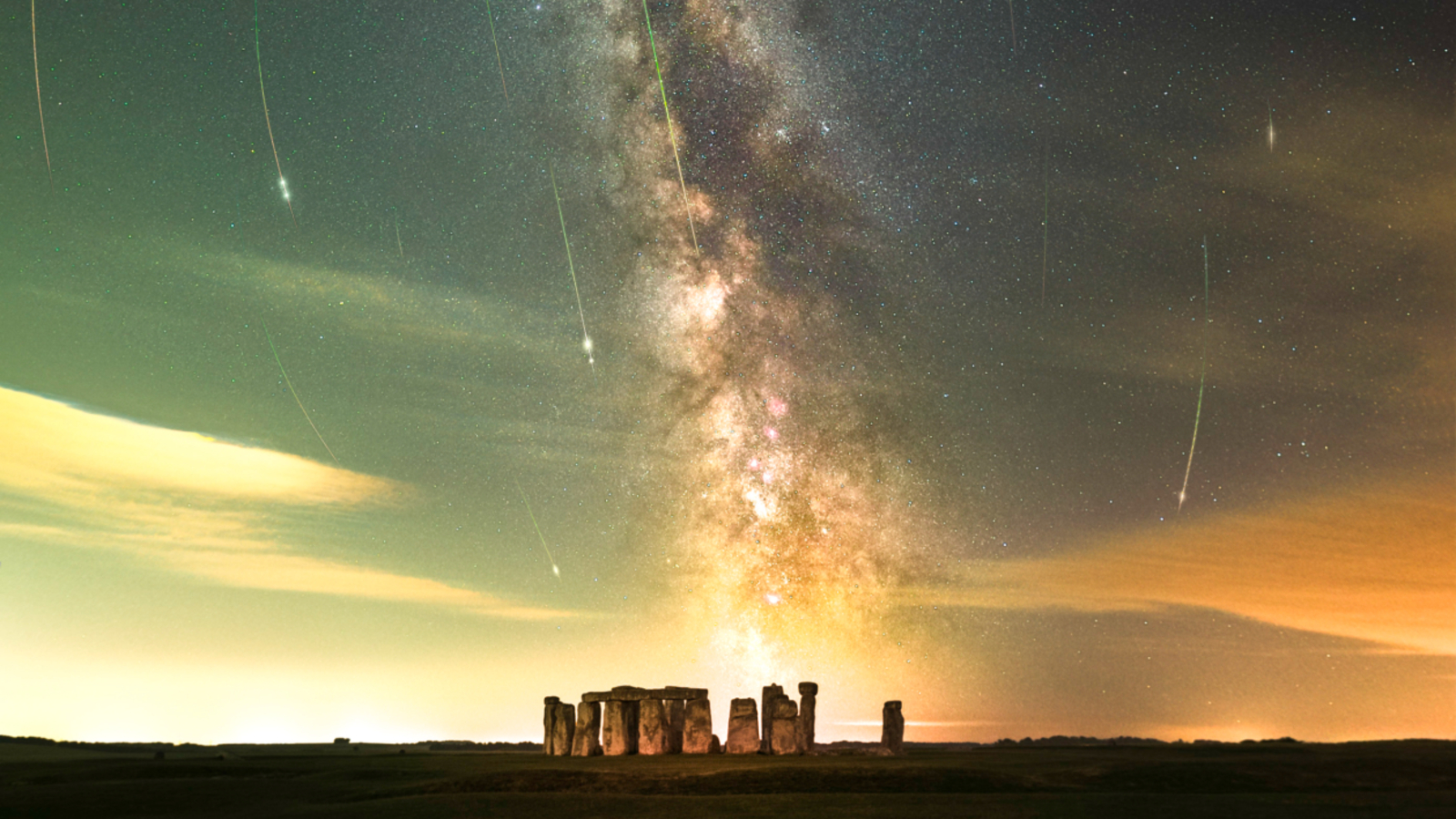
In his new book '52 Assignments: Night Photography', award-winning astrophotographer Josh Dury invites you to raise your lens and embark on a journey through the night sky to capture everything from the moon and Milky Way, to satellite megaconstellations and aurora.
The latest book in Ammonite Press' popular '52 Assignments' series seeks to demystify the technically demanding hobby of astrophotography by offering stargazers a year's worth of weekly workshops packed with advice and photography techniques for capturing the night sky.
Each assignment will help aspiring astrophotographers gain a better understanding of how their camera performs at night, while arming them with the technical knowledge and tricks of the trade needed to capture spectacular images of the post-sunset realm.
Space.com caught up with Dury to discuss his experience of writing the book, how aspiring astrophotographers can benefit from the assignments, and the importance of capturing unique images of the night sky.
Space.com: Your book '52 assignments Night Photography' feels like a real work of passion, the culmination of years of experience. Was there a specific moment or event that pushed you towards distilling your experiences and writing the book?
Josh Dury: The whole experience really started off from a very young age, when I was seven years old. Back then, there were children's programs about the planet Mars, and it was when I purchased my first telescope that [I was] ultimately encouraged me to look up to life on other worlds, at the planets of the solar system. I thought, well, how can I document that?
So it began by taking images with these planetary cameras at the time. But then I pursued an education and then a degree in photography, and now pursuing a career as a landscape astrophotographer. It's one of those bucket list things I've always wished to do to educate others, which is to publish a book. But at the same time, when I was approached by Ammonite Press, [there were] very pressing issues in the astrophotography community.
With the [rising] popularity of taking images of the night sky and the Milky Way, not only are we seeing environmental effects of light pollution and artificial light at night, but we're also seeing consequences of [so many people] going to dark sky places — hundreds of photographers in one go producing artificial light in dark sky areas. And so this book aims to promote sustainable astrophotography so that we can take further respect and consideration for the night sky and also just the etiquette of being respectful of other photographers in these dark sky areas. I feel it's a pressing issue at the moment that needs to be addressed.
Breaking space news, the latest updates on rocket launches, skywatching events and more!
Full of workshops, prompts and a personalized journal, "52 Assignments: Night Photography" is a must-have for any astrophotographer.
You're a passionate dark sky advocate, yet a number of the assignments that you picked out specifically take aim at light pollution and the satellites that crisscross our sky. Could you tell me a little bit more about your process, your thought process, and including them as targets in the book?
I think it's very important to take images of light polluted areas, because it demonstrates the state of affairs in which we are living. The majority of the British public and further afield live under light polluted skies. When I was a youngster living on the Mendip Hills, I was one of the lucky ones [who got] to look up at the beautiful dark skies and see the Milky Way glowing on down, but also the pressing issues that have come from that.
"…are we potentially the last generation that will see the night's sky in its entirety?"
As a delegate of Dark Sky International, I work with a group of like minded people who are producing research on the impacts of light pollution. So not only the effects to astronomers and astrophotographers like myself, but also wildlife conservation, how light at night is affecting nocturnal and marine wildlife as well as ourselves. Human health, how exposure to light at night affects chemical reactions during our sleeping patterns, our circadian rhythm and effectively affecting melatonin cycles. But [there's] also the next pressing issue, which is satellite megaconstellations. I respect the fact that it's very much a double edged sword.
We live in the 21st Century. We need internet technology, globally, across the world, for communication. But there's also the pressing issue of what it's doing to the night sky?
It is a concerning issue, and it's going to grow. So it's my concern as a delegate and an astrophotographer: are we potentially the last generation that will see the night sky in its entirety?
So including satellites as targets in the book was your way of grabbing people and making them look directly at the issue?
"You don't need the latest photographic technologies to get a good image."
Exactly, and even just after sundown, Anthony, when you look up, you will see them easily. You'll just see one after another moving throughout the night. So when an avid or professional photographer takes an image of the sky, and they see one of the trails, they will easily — through the assignments — be able to identify what is a meteor and what is a satellite.
And I think it's that readdressing issue of: 'what is it we are looking at, what is it all about?' I believe the connection between being an astronomer and an astrophotographer is to really know your subjects, because without that prior knowledge, things can easily be mistaken for [one another] in the night sky.
Astrophotography is an inherently intimidating and technically demanding hobby, especially for beginners. That said, your book does a great job of demystifying the terms and camera settings needed to capture the night sky by breaking it down into individual projects, each of which adds to the user skill set and confidence over time. Could you walk us through your process when it came to creating the assignments?
Really it was putting myself back in my shoes when I was a youngster, but also the experience of being involved with astronomical societies, photographic societies, and years of research. Astrophotography is a technically competent area or niche within photography and so, as opposed to taking an image of, say, a sunset, or architecture, we're dealing with much longer exposures. And also, we need to let as much light into our cameras as possible — identified as the aperture of our camera lenses — but we also have what's called ISO (camera sensitivity) and so again, it's just trying to break down these barriers. You don't need the latest photographic technologies to get a good image.
I still take a lot of my images on a Sony α7S II, which is considered a more traditional model of the α7 series, but it's still more than competent [enough] to take these quality images. One pressing issue, I would say, however, is the camera. You need a good quality piece of glass. In the past couple of years I've been lucky enough to work with Sigma as a leading purveyor for astrophotography style lenses, dealing with F numbers like f 1.4 that let the light into your camera. That's where the cutting edge technology comes in, and quite frankly, breaking new boundaries to test this equipment and hopefully the ambition of making it more accessible to everyone.
The assignments tend to provide a structure for the shoot, and then you ask the photographer to go off and put their own personal touches on the composition. What were the challenges when it came to finding the line between handholding and simply providing the necessary structure for newcomers to enjoy the pastime?
"When a viewer or a potential client is looking on their mobile devices at hundreds of submissions all the time, they're looking for images that are unique and not those same compositions."
I have taken it upon myself to think deep within what is of interest to me, through my background, through ancient astronomy and stone circles and ancient sites. But I also appreciate that there have been purveyors in astrophotography who were there long before I was and have their own take on the astrophotography landscape. This is my concern when I see locations which have been photographed a hundred times or more, [how can you find] originality?
And so the book is there to speak to the reader, to dive deep into what interests them, and to [help them] apply that knowledge to produce an image that has never been seen before. So it could be one of your hobbies, it could be one of your interests, somewhere where you like walking, your own area of the landscape. Just something new, something refreshing.
When a viewer or a potential client is looking on their mobile devices at hundreds of submissions all the time, they're looking for images that are unique and not those same compositions. And most importantly, it's got [to have] an interesting story to tell. So I'll give you one example, which is one of the assignments titled 'Meteor Showers.' So the image [I took as an example] was the Perseid meteors over Stonehenge. Yes, okay, it's been photographed millions of times before, but it's somewhere of interest to me. I thought 'I'm trying out a particular lens here. I want to capture the Milky Way [tumbling] down'. Just being a creative mind, I can picture it in my mind already and [I] executed this image over three and a half hours. It was endorsed by NASA, Apollo 11 astronaut Buzz Aldrin and the European Space Agency. So to have this backing, even by a scientific journal, was huge and it just shows where originality goes a long way.

Do you have a personal favorite assignment that you keep coming back to?
I would say it would have to be one of the final assignments, which is traveling far afield. Not only have I been lucky enough to go to some of the darkest skies in the world, but also to make friendships through the experience. So that particular photograph [Assignment 51] captures the iconic Moai statues of Easter Island from the southern hemisphere skies, and the photograph wouldn't be possible without the support of the local Islanders and the community. And this is again something which is very easily forgotten in astrophotography today, is that there are people who help you along the way.
Towards the end of the book, you get to the aspirational, bucket list shots that people eventually want to get. But it was really refreshing that throughout, for quite a few of the assignments all you needed was a camera and a tripod, there was no real barrier to entry. If you are already a photographer or have any interest in it, you've probably already got most of this gear and then you can just enjoy it and embrace it (and maybe pick up a star tracker).
"With astrophotography, it's about having fun."
Well, this is it. So you take yourself on that initial journey. So you start off with the basics, your tripod, your camera, and then as you begin to learn more about your camera and how it operates, is then the realization that if I want to take even cleaner, crisper images, that I will need to deploy the use of a star tracker.
And so it's just trying to break down what this information means to an audience, and that with one of these devices, you can track the sky for a longer period of time, so that, yes, you can use the longer exposures, you can bring down the ISO levels and produce a cleaner image. But by that point, already, you're learning. And this is the whole point of the book is to take you for a guided rhythm, really, of the assignments themselves.
So what do you think would be one of the most difficult photography concepts or techniques for a newcomer to pick up that's included in your book?
There's a number. So I would say, first of all, image stacking, which is addressed in the assignments. Why is there a need to stack images? So at night we have to remember that, as we have camera settings with a greater sensitivity [and] a longer exposure, when the camera has produced the image you'll zoom in on it and it almost looks like the surface of sandpaper — it's very textured. And so the purpose of stacking is so that computer software — Photoshop, being one of them — can read the individual images and, like a cake, stack them together. And so by doing that, it increases what's known as the signal-to-noise ratio and produces a cleaner image as a result. And then you can produce those minor adjustments to make the Milky Way more representative of what you've seen on the night.
Is there anything else you'd like to say to our readers about the book?
"...by remaining true to yourself, you interact with your subjects more."
With astrophotography, it's about having fun. That is what I've learned throughout the experience. But also not to be put off by numbers and competition, that's so easily done now, by social media, peer pressure, likes and the modern day following count, none of that at all. Do it for the reason you enjoy doing it and the love of the subject.
Final question — for someone who picks the book up this week to start their journey in astrophotography, what is the one piece of golden advice that you would give them to carry through their entire journey?
Remain true to yourself. It's something I don't see very often in astrophotography, but by remaining true to yourself, you interact with your subjects more. It becomes an emotional experience, and through that connection and understanding of a story, [you get] an image that has never been seen before, and ultimately to connect with our open window that is the universe.
This interview has been edited for length. You can buy '52 Assignments: Night Photography' at Amazon.com.
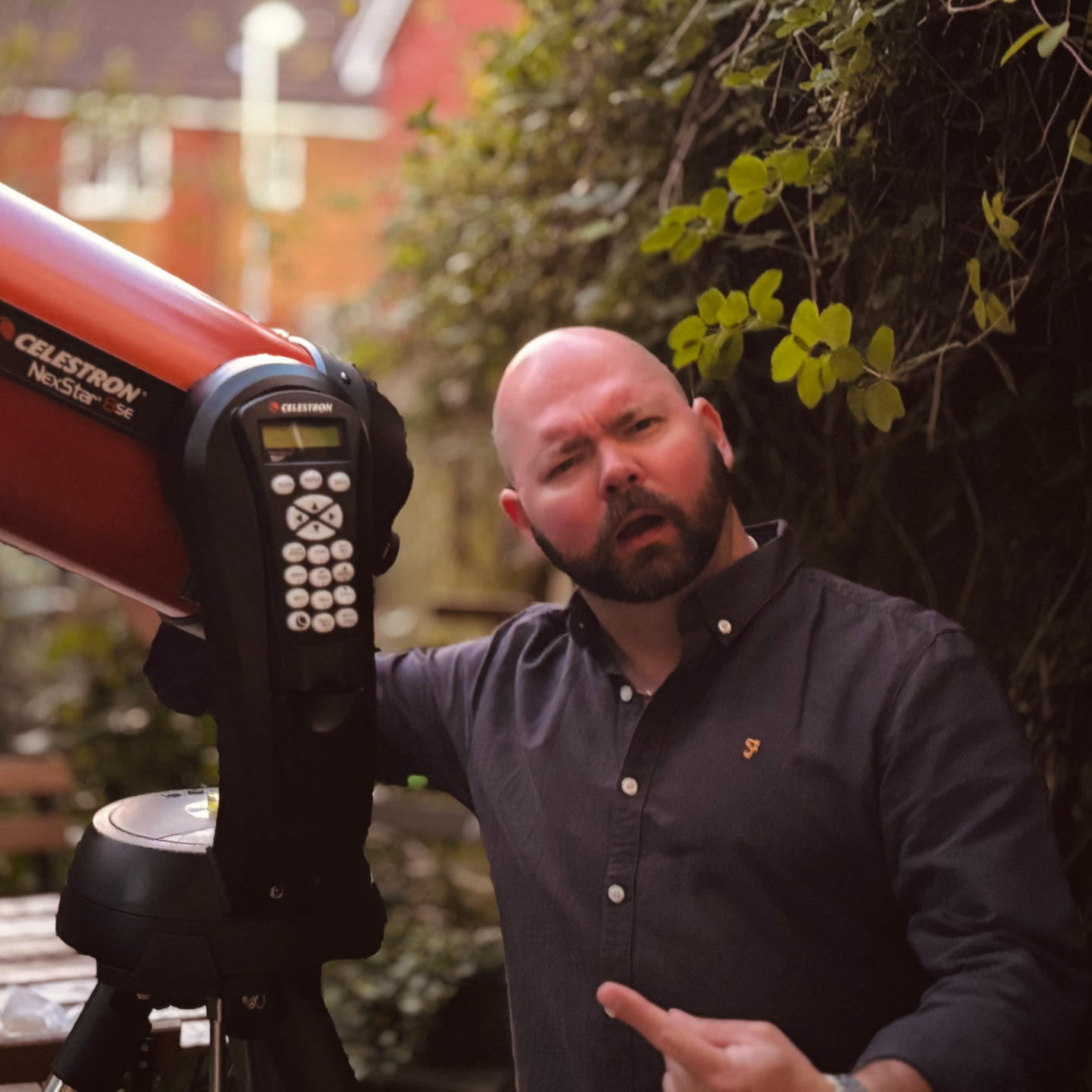
Anthony Wood joined Space.com in April 2025 after contributing articles to outlets including IGN, New Atlas and Gizmodo. He has a passion for the night sky, science, Hideo Kojima, and human space exploration, and can’t wait for the day when astronauts once again set foot on the moon.
You must confirm your public display name before commenting
Please logout and then login again, you will then be prompted to enter your display name.
